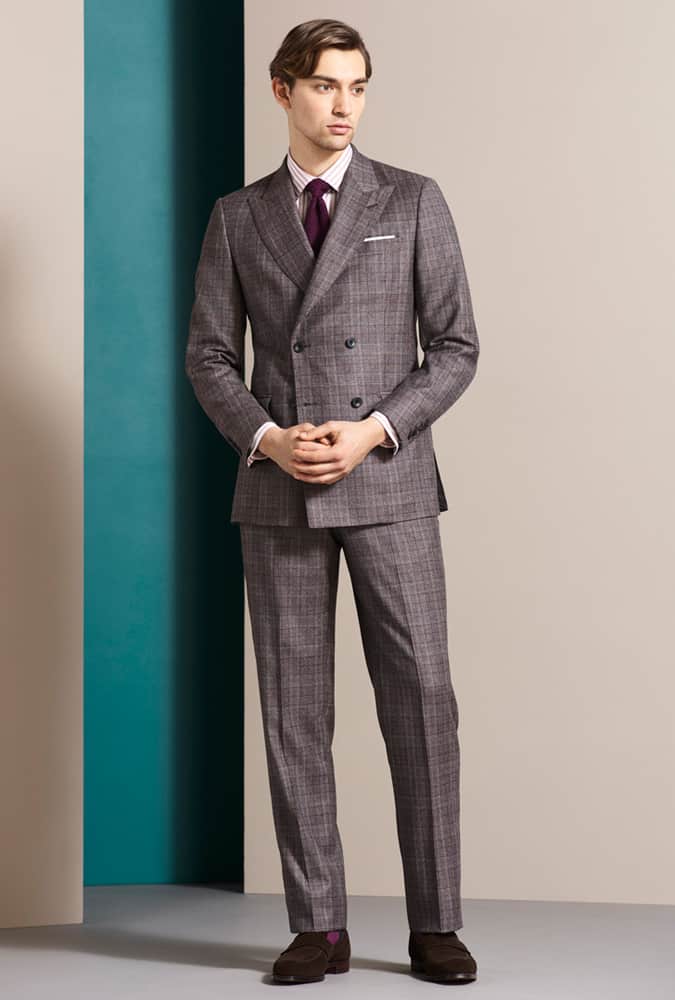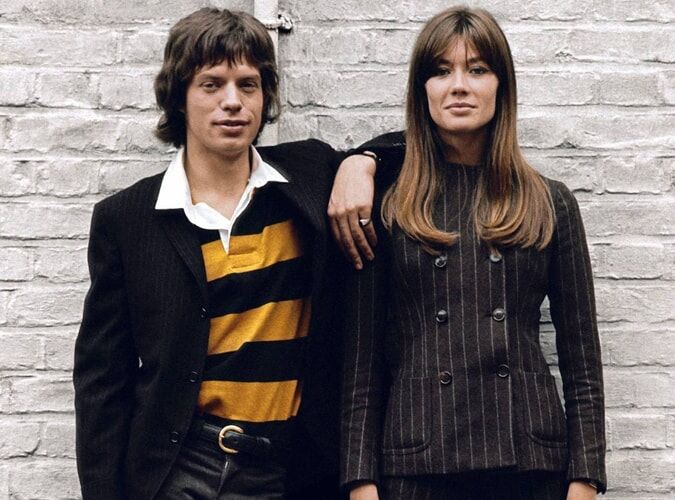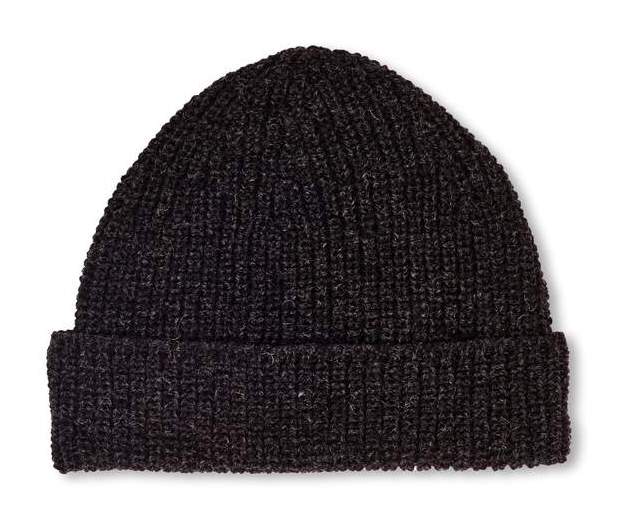Rock Clothing: How Rock Stars Changed Fashion Forever
It starts, like everything else, with Elvis Presley. Before the boy from Memphis first shimmied his way onstage, fashion and music were only connected in as much as artists had to wear something when they performed. After him, rock stars would be the biggest influence on what young people wore for the next half a century.
It wasn’t just Presley’s charisma that made music the primary channel for influencing – and defining – youth identity. Rock and roll – or, at least, his whiter, more sanitised, more marketable version of it – exploded into life at the same time as the concept of the teenager. In the ’50s, kids suddenly found themselves with leisure time, and with money. They spent both on music, and then, the clothes that their icons wore. As mass media collapsed the walls that locked people out of culture, young people started to define themselves less through class or locality. You were what you listened to, and you told people what you listened to through your wardrobe.
 Elvis Presley, 1956
Elvis Presley, 1956
“When Elvis broke onto the scene in the mid-’50s, he made it cool to be an outsider,” says Zoey Goto, a journalist and author of the book Elvis Style: From Zoot Suits to Jumpsuits. “Ripping up the rulebook, Elvis’s style communicated that it was now okay for guys to wear pink, for white boys to wear zoot suits, and for your wardrobe to differ from your dad’s. Overnight, Elvis radically changed the way that the youth of America dressed itself.”
For the 50 years that followed, rock stars were the world’s style influencers. Each new sound, from glam to mod to punk to metal to grunge, brought a new look and new tribes who clamoured for its key pieces. Subcultures defined themselves in opposition to what came before: punks rejected glam’s sequins and platforms in battered leather and ripped jeans; grunge rejected metal’s studs and leather in second-hand knitwear.



















